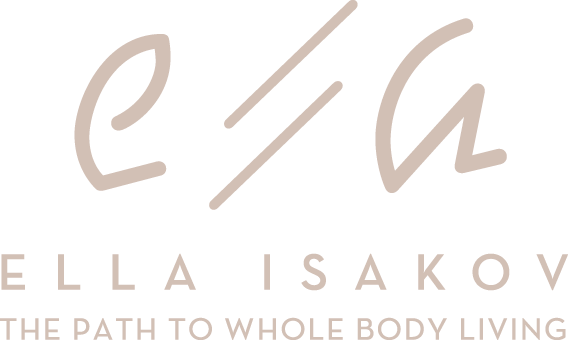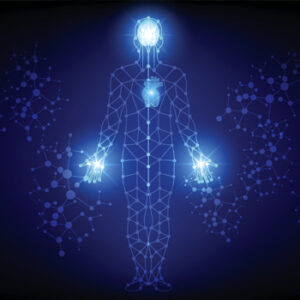
Where is it located?
The Quadratus Lumborum, also known as QL, lies deep within the abdominal wall. It is the deepest abdominal muscle, but referred to as a back muscle. It attaches to the 12th rib, Transverse processes (L1 – 5), posterior illiac crest, Iliolumbar ligament. In short, starts at the lower rib and goes down to the pelvis. The QL is responsible for the extension and side bend of the lumbar spine and for tilting the pelvis. As well as the stabilization and movement of the spine.
What causes lower back pain?
Overuse and inactivity puts a strain on the QL and are the major causes of lower back pain.
Sitting for long periods of time weakens back muscles which causes the QL to step in and contract reducing blood flow to this area, which leads to tension and stiffening. When this happens, lower back pain may be experienced.
Any imbalance of the spine (ie.scoliosis) or pelvis also forces the quadratus lumborum to step in and work hard to create stability caused by the imbalance. This generally means overworking and getting fatigued.
Repetitive movements and weak back muscles can lead to poor posture which strains the QL .
Unequal leg length tilts the pelvis which causes the QL to be strained.
Trauma or injury from a car accident or sports injury.
Doing everyday activities or movements incorrectly or excessively can get the QL to fire up; like shoveling the snow or picking up heavy objects.
The three muscles that influence this region are tight hip flexors, buttocks and hamstrings.
Another big influence to this region is feelings. Metaphysically feelings of fear, separation, stress, uncertainty, and money worries live in this area. Lower back is our control centre. It is important to look at the deep stuff. To go beyond the physical or surface of the pain, and tap into what is happening within.
How to make it feel better?
Any variations of side bends are effective at stretching out any compression in this area
strengthening the side body, like side plank then bringing bottom hip down and up
Stabilizing and strengthening around the pelvis region
Hip movements that get the blood flowing around the hip socket (like hip mandala, seen in the video:-))
Hamstring stretches (both dynamic and static) that lengthen the back line
Releasing the glute area with myofascial release using balls
Squats are amazing for strengthening around the knee joints, and strengthening the back line
Movements to get the cerebral spinal fluids flowing (in the video:-))
Seeking support for any stress or worry that is preoccupying your mind
Check out the 20 minute video in this newsletter for a little QL focused practice!




